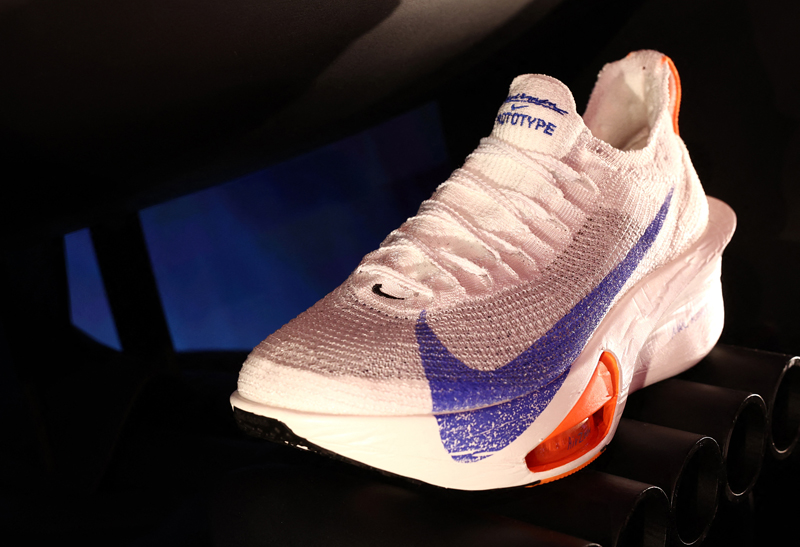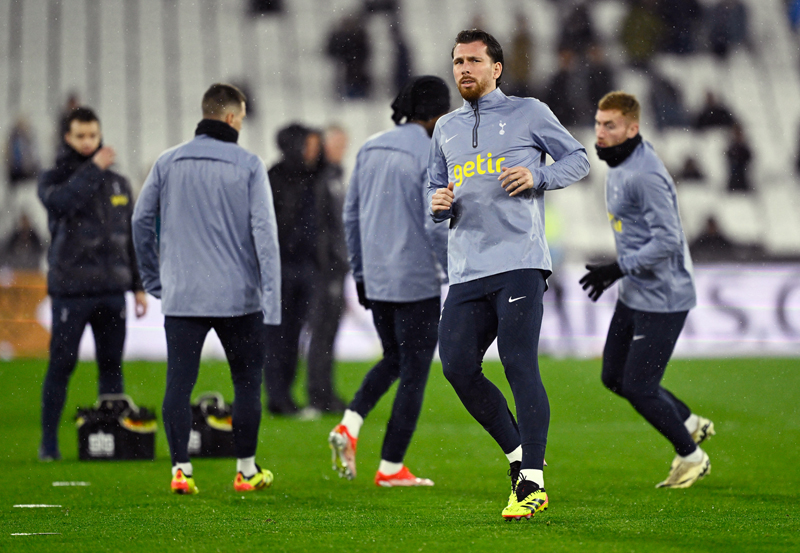A cushy life: why runners need to check shoe cushioning regularly

When it comes to protecting runners, running shoes have to fulfill a number of roles, but one of the most important is to protect the joints and limbs from shock. The average 70kg or 11-stone runner strikes the ground with around three quarters of a tonne of force with every single stride or footfall. That amounts to something in the region of 1000 tonnes of cumulative impact force per mile! It’s hardly surprising then that the main task of any running shoe is to provide cushioning and protection from the otherwise damaging impact shocks that could wreak havoc with ankle, knee, hip and lower back joints.
In most running shoes, shock is controlled and dissipated in two ways, absorption and reflection. By using various shock absorbing materials such as gels, foams and different types of polymers in the sole beneath your feet, much of the kinetic energy of each foot strike can be absorbed gradually and dissipated harmlessly in the form of heat. This means far less is transmitted back up through the body. The problem however is that these shock absorbing materials deteriorate over time, which means that the cushioning ability of your running shoes decreases as the miles clock up. You might think that this wouldn’t be a problem because a reduction in cushioning is easily detectable. However, some research suggests otherwise.
How long does shoe cushioning last?
In one study, researchers sought to find out how rapidly shoe cushioning deteriorated with accumulating miles, and also to whether the loss of cushioning was easily discernable by the runners [Int J Sports Phys Ther. 2017 Aug;12(4):616-624]. More specifically, the study looked at:- Whether runners are able to detect changes in heel cushioning properties from subjective ‘feel’.
- Whether the forces experienced by a runner’s foot increase after certain mileage (400 miles/640kms).
- If a device known as a durometer (see figure 1) can be used to objectively measure changes in the hardness of the material in the heel region of the midsole.
The findings
The key finding from this study was that after running 480km, the runners experienced a 16% to 33% reduction in the amount of cushioning in the heel region of the midsole. This was reflected by durometer measurements, which showed a corresponding decrease in cushioning ability (ie increase in hardness). What was important however is that the runners were NOT able to detect these changes – ie the shoes felt ‘the same’ even though they had lost significant amounts of cushioning capacity.Figure 1: Example of a durometer

The lever at the bottom is depressed until it makes contact with the pin. The force required is recorded; higher forces indicate harder materials (ie less cushioning).
What does this mean for runners?
Although there were very significant reductions in heel cushioning after running 640 km, the subjects in this study were not able to self-perceive these changes, even though they were experienced runners. This suggests that simply going on ‘feel’ or looks is not a good method of determining when your running shoes might need replacing. This in turn means that if you rely only on subjective measures, you could be unwittingly increasing your injury risk.PRACTICAL SUGGESTIONS
Given these findings, here are some suggestions to ensure that your running shoes remain up to the job:- Aim to replace your shoes on a regular ‘miles clocked up’ basis. Don’t rely purely on subjective feel to determine when your shoes need replacing. This means keeping a tally of your mileage over time.
- If you want an objective measure of sole cushioning, consider investing in a durometer, which can be obtained for a reasonable price.
- If you are a heel striker, your cushioning demands will be higher than a forefoot striker; be prepared to replace your shoes more often.
You need to be logged in to continue reading.
Please register for limited access or take a 30-day risk-free trial of Sports Performance Bulletin to experience the full benefits of a subscription. TAKE A RISK-FREE TRIAL
TAKE A RISK-FREE TRIAL
Newsletter Sign Up
Testimonials
Dr. Alexandra Fandetti-Robin, Back & Body Chiropractic
Elspeth Cowell MSCh DpodM SRCh HCPC reg
William Hunter, Nuffield Health
Newsletter Sign Up
Coaches Testimonials
Dr. Alexandra Fandetti-Robin, Back & Body Chiropractic
Elspeth Cowell MSCh DpodM SRCh HCPC reg
William Hunter, Nuffield Health
Keep up with latest sports science research and apply it to maximize performance
Today you have the chance to join a group of athletes, and sports coaches/trainers who all have something special in common...
They use the latest research to improve performance for themselves and their clients - both athletes and sports teams - with help from global specialists in the fields of sports science, sports medicine and sports psychology.
They do this by reading Sports Performance Bulletin, an easy-to-digest but serious-minded journal dedicated to high performance sports. SPB offers a wealth of information and insight into the latest research, in an easily-accessible and understood format, along with a wealth of practical recommendations.
*includes 3 coaching manuals
Get Inspired
All the latest techniques and approaches
Sports Performance Bulletin helps dedicated endurance athletes improve their performance. Sense-checking the latest sports science research, and sourcing evidence and case studies to support findings, Sports Performance Bulletin turns proven insights into easily digestible practical advice. Supporting athletes, coaches and professionals who wish to ensure their guidance and programmes are kept right up to date and based on credible science.









